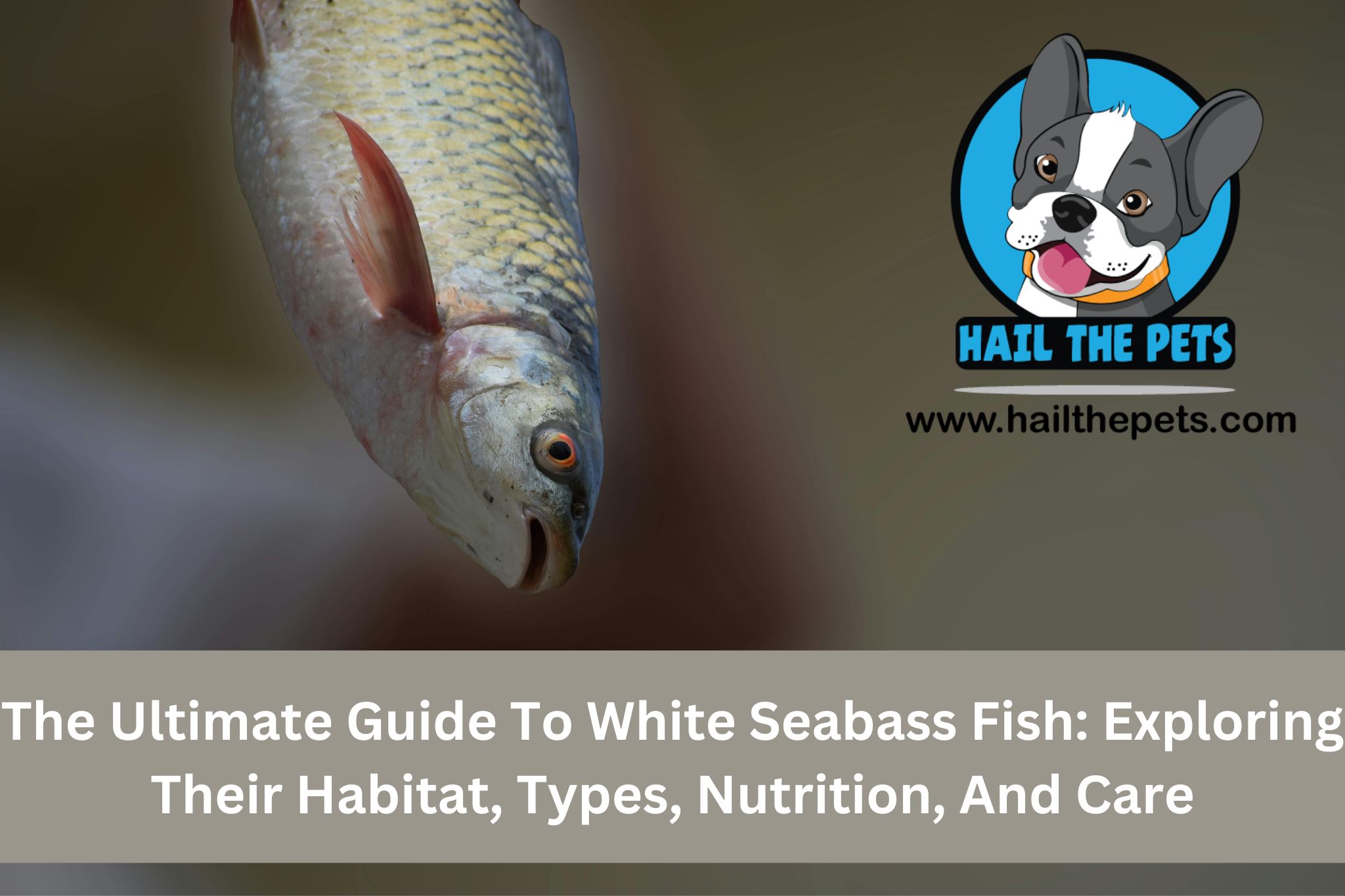White Seabass fish, scientifically known as Atractoscion nobilis, is a valuable species within the community of commercial fishermen and recreational anglers, thanks to its amazing taste and mind-blowing size.
They are found in the shallow east-southeast water drifts of the Pacific. The area of Catalina and San Clemente are the golden spots for catching the elusive white seabass fish from its natural hideout.
So, if you are an angler who wants to dive into the waters from Alaska down to Mexico to catch white seabass, this guide is sufficient to get you started on your fishing adventure. Gear up, as we are diving into the nature and characteristics of white seabass.
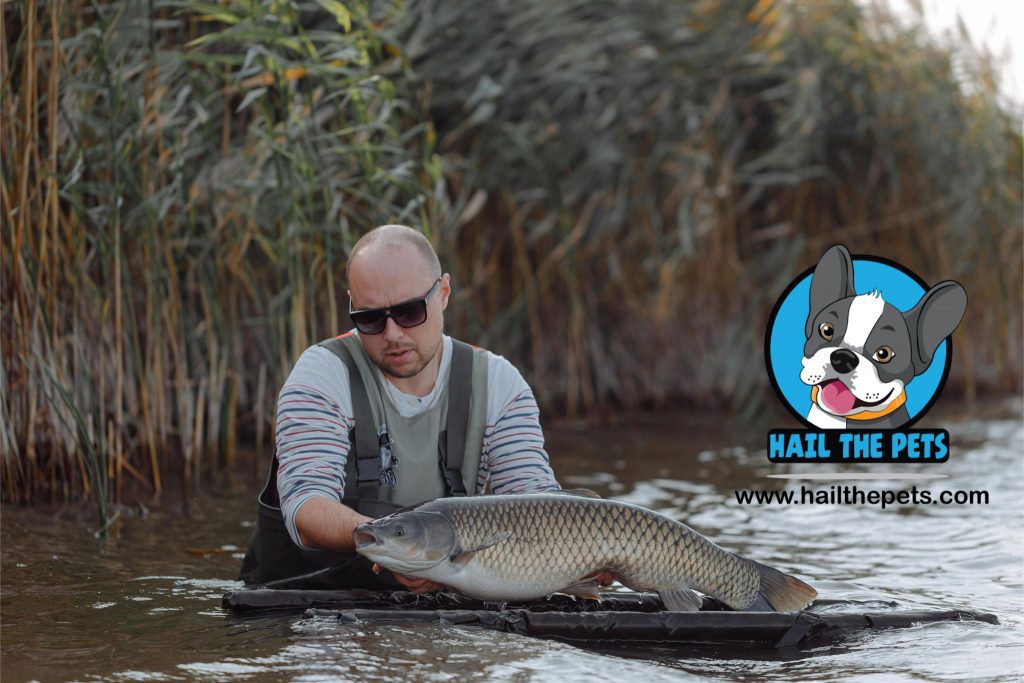
Where to Find the White Seabass Fish Habitat?
White seabass are commonly found in the marine environments of the Pacific Ocean, specifically on the western coast of North America, extending from Alaska to Baja California.
These fish prefer coastal water and are found near kelp beds, shallow bays, and rocky bottoms, which are perfect spots for their hideouts. Such areas are also the primary source of abundant food and keep them safe from predators.
Research indicates that white seabass undergoes seasonal migrations. They move southward during the winter months to find warmer waters and then move northwards in the spring season for spawning purposes. This migratory behavior highlights the importance of diversity in habitats to increase the white seabass lifespan.
Read more on: Understanding The Habitat and Habits of Carp Fish: Exploring Their Role in Aquatic Ecosystem
Distinguishing the White Seabass Fish
White Seabass is a singular species classified in the Sciaenidae family. Within this category, there are no other types of white seabass, as the true white seabass is a distinct species. However, they are often confused with similar fish species due to misidentifications.
For accurate identification, it is important that we take a deeper look at the distinct physical characteristics, geographical ranges, and habitat.
Let’s clarify this by identifying the true white seabass.
Check out: Breeding Fish: A Beginner’s Guide to Understanding Fish Reproduction
California White Seabass
This is the true white seabass, also known as Atractoscion nobilis, identified by its silvery body with shades of blue and dark gray. It has a big mouth and a raised ridge along the belly. It has small teeth on the roof of its mouth, and its lower jaw is slightly outwards.
Adult white seabass weigh around 10-25 pounds and are about 18 inches in length. They usually have dark blue-gray bodies that transition from golden hues to a silver abdomen.
Habitat
They are found in the Pacific coast of North America, between the range of Alaska and Mexico, specifically near sandy bottoms and kelp beds.
Also read: Understanding Fish Nutrition: How to meet the Healthy Dietary Needs of Different Fish Breeds
Corvina
They are often mistaken for white seabass fish because of their identical body shape and preferred habitats. Compared to white seabass, corvina has a more elongated body and lacks a distinctive ridge.
Examples of this species can be Gulf corvina (Cynoscion othonopterus) and spotted seatrout (Cynoscion nebulosus).
Habitat
Such species are found in various habitats, from estuarine areas to offshore. Mainly they can be found in the Gulf of Mexico and the Eastern Pacific due to warmer climate.
Weakfish
Weakfish, or Cynoscion regalis, also resembles white seabass but have smaller mouths and a unique tinge of yellow on their fins.
Habitat
They are primarily found in the East Coast of the US, in the coastal waters of New York and Florida.
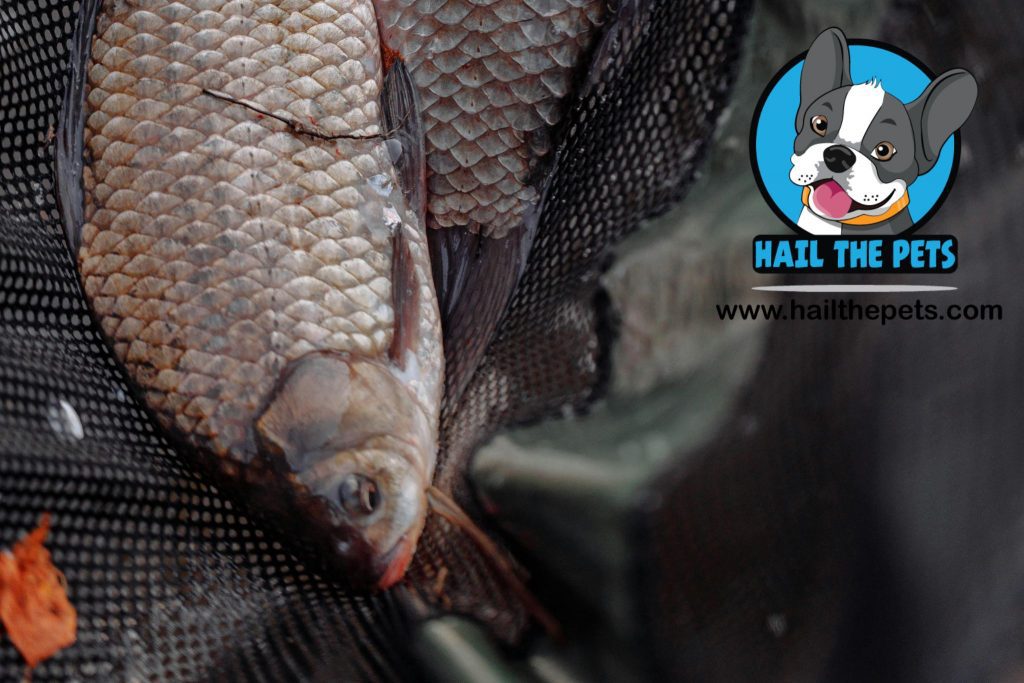
Identifying the Role of Nature on White Seabass
White Seabass survives in a distinct natural environment. Understanding their rich marine ecosystem can help us identify their habitats.
Learn more about: Understanding The Ecological Role Of Fisher Cat: Everything You Need To Know About These Fascinating Creatures
Water Temperature
White seabass survives on a specific water temperature. It is significant in influencing the spawning activities and migratory behavior. Generally, they prefer warmer waters with the temperature of 60°F to 70°F for spawning. That is why they go temperature-driven migration towards southward during winter to ensure their reproductive success.
Salinity Levels
The salinity level of the coastal water is a major factor that affects the distribution of white seabass, especially at their juvenile stage. Bays and Estuaries are the ideal nursery ground for the young seabass due to varying salinity level with freshwater inflow. This signifies the importance of transitional water for the early stage of this species.
Kelp Forests
They are the shelter and a vibrant ecosystem for white seabass. Kelp forest gives protection from the predators and is rich in food resources. This underground forest is important for many species, highlighting its significance for biodiversity.
Seagrass Beds
They are the nurseries for juvenile white seabass. These underwater beds are not only rich in nourishment but also a safe haven and a breeding ground for white seabass. It facilitates growth and survival of young fish before they are ready for the open water.
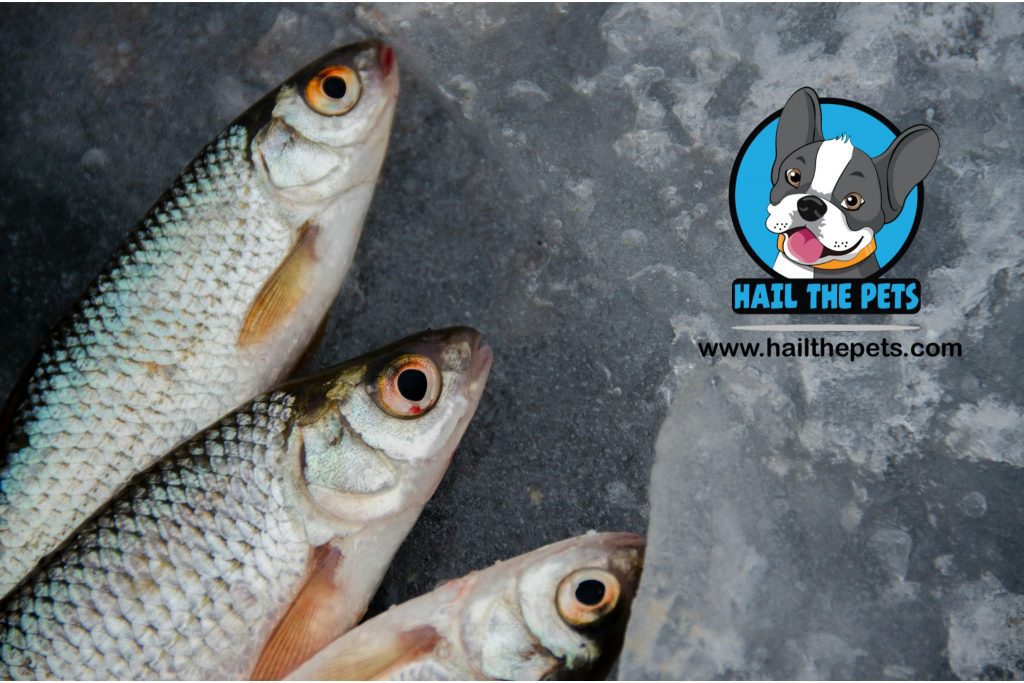
White Seabass Conservation
The white seabass care is very important to ensure the sustainability and survival of the population. This includes allotting a bag limit for anglers and establishing marine protected areas where critical habitats of white seabass are safeguards. Implementations of such measures can boost the wild populations.
The Hubbs-SeaWorld Research Institute has white seabass hatchery program in California that protects and breeds juvenile fish. The focus of this program is on researching about white seabass and increasing their chances of survival to enhance population growth.
Here are some of the ways to boost the sustainability of white seabass.
Restoration Programs
There are numerous initiatives that aim to keep the white seabass at an ideal population level. This can range from marine protected areas to habitat restoration projects to keep the environment ideal for increasing white seabass lifespan. Such efforts can give the ecosystem where this species can inhabit.
International cooperation is also important as the fish population is not bound to human-made boundaries. For managing migratory processes, shared waters need to be kept in check as they are the building ground of the white seabass species.
Tagging and Tracking Studies
Implementing tagging and tracking technology can help in gaining valuable insights on growth, habitats, and migration of white seabass. Such studies can be used to identify the viability of management and conservation policies and understand white seabass behaviour supported by data.
Population Assessments
Frequent population assessments through fish counts and surveys are crucial for knowing the status of white seabass fish stock. They are another way to understand the effectiveness of the strategies implemented and improving on areas that needed attention.
Recreational fishers should also be educated on the sustainable practices of fishing and the importance of catching and releasing the fish to reduce the impact of overfishing.
Public Awareness Campaigns
Informing the public about the ecosystem and the importance of conservation plays a significant role in the process. Educational campaigns encourage consumers to opt for sustainable seafood choices and adopt ethical fishing practices, contributing to the species’ survival.
Citizen Science Programs
Involving the public in conservation efforts through citizen science enhances the protection of white seabass. Participation in fish counts, habitat restoration projects, and sighting reports empowers community members to play a pivotal role in preserving the marine environment.

Endangering the Survival of White Seabass
Regardless of the conservation efforts, white seabass fish face many challenges due to habitat loss, overfishing and environmental changes. Climate change poses an undermining threat to the coastal habitats which is affecting the growth rate, food availability, and migratory pattern of white seabass.
Future conservation efforts must integrate the awareness approach for the public with stricter implementation of fishing regulations. Particularly to fight climate change, the advancement in aquaculture is ideal for breeding white seabass to reduce pressure on wild populations.
Sustainable conservation of white seabass is a dynamic process that needs adoption of the latest techniques discovered through the cooperation among policymakers, scientists, fishers and the public. With conscious efforts towards responsible aquaculture practices, it is possible for the species to survive the replenishment of the population and make them ecologically compatible.
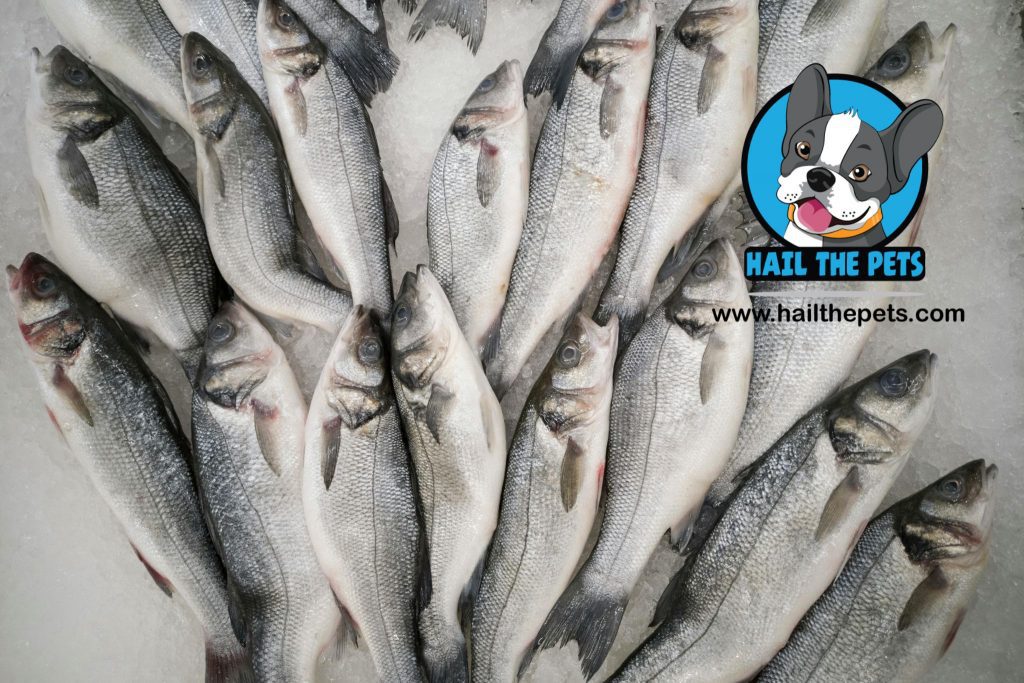
Conclusion
White seabass is an incredible species valued for its culinary appeal, sporting qualities, and ecological role in marine life. Understanding their habitats, sustainability, and types is important for preserving this fish for future generation. As stewards of the ocean, consumer or angler, our decisions and actions can contribute greatly to the longevity and health of the white seabass populations.
By supporting research, making informed seafood choices, and advocating for sustainable fisheries, we can contribute to the thriving existence of the white seabass species. The journey toward the preservation and survival of white seabass is a collective responsibility, demanding collaboration among the public, marine scientists, and conservationists to achieve long-term solutions.
